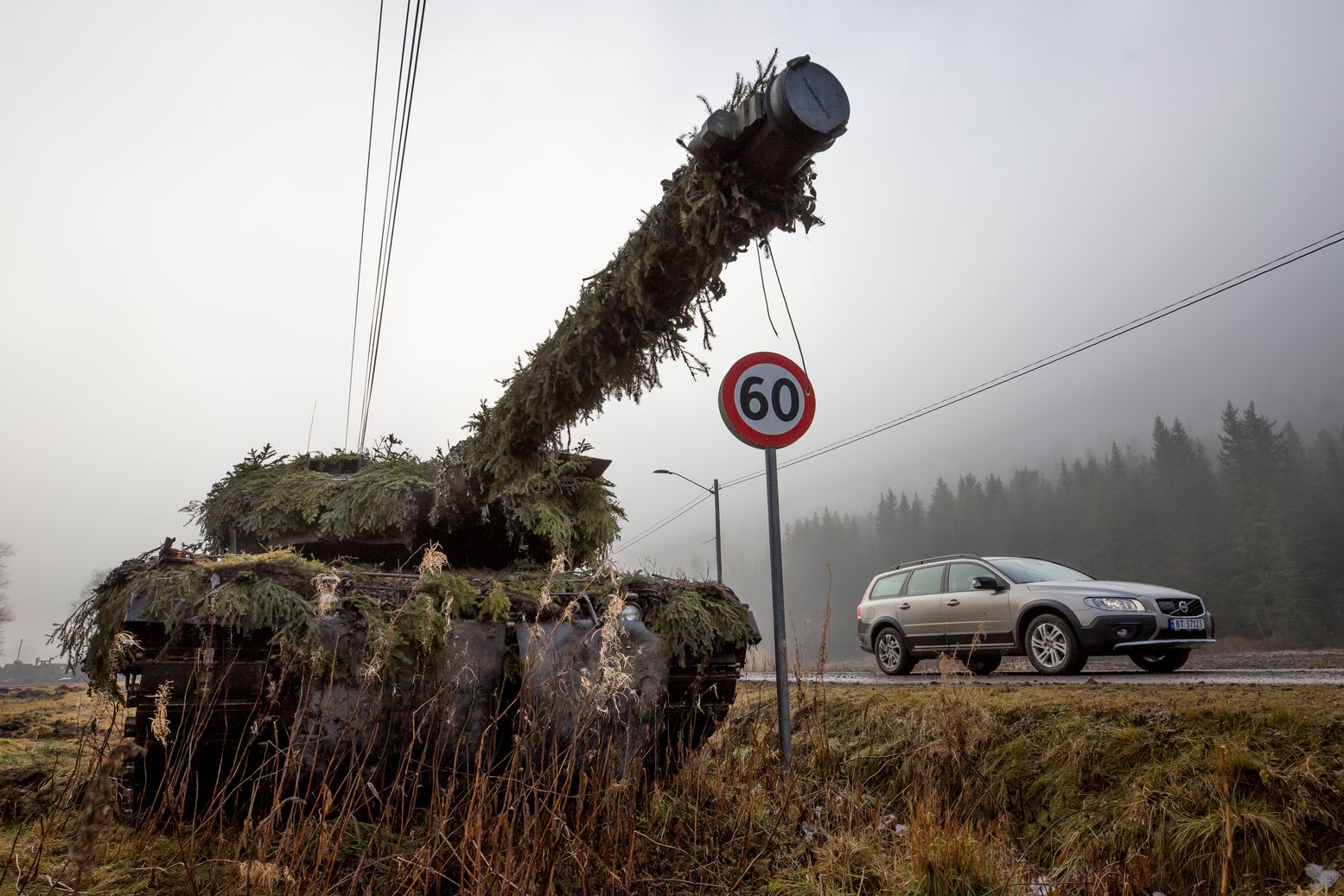Armies on the attack need ways to move their troops forward. They also need to shield those soldiers as they advance. Most importantly, they need firepower to punch through defences that stand in their way, ideally causing havoc in the enemy’s rear. The tank combines these three capabilities in a single device. For that reason, every significant army makes use of them. There are 60,000 or so around the world.
...
The battles of the last three months have underlined two potent threats to armoured vehicles. One is the anti-tank guided missile (atgm). Its destructive potential has been clear since the Yom Kippur war of 1973, when Egypt’s Soviet-made Sagger atgms smashed Israeli tanks. A memo written by the American army after the war assessed that the Sagger, if not disrupted, had a 60% chance of achieving a “kill” against an m60 tank from as far as two miles out.
...
The second threat is armed drones, which offer a cheap and simple way of attacking from the air. In recent years Turkish-made tb2s, which are slightly smaller than a Cessna light aircraft, have destroyed large amounts of armour in Libya, Syria, Nagorno-Karabakh—and now Ukraine—using laser-guided bombs. Ukraine is also using alternatives that range from the basic (quadcopters armed with Soviet-era anti-tank grenades) to the more advanced.
...
It would be wrong, however, to write the tank’s obituary based on its performance in the war,...
...
Modern armed forces prize the idea of combined-arms warfare,... Ben Barry, a former commander of a British armoured infantry battalion, now at the iiss, a think-tank, has called it “a lethal version of scissors, paper, stone”.
...
Dave Johnson of rand, an American think-tank, has observed that in the American and Israeli armies, it became common practice after the Yom Kippur war to aim artillery at locations where soldiers with atgms might be hiding. ... “One of the major lessons is that you cannot have armour bumbling along without fire support, or its own eyes and ears well ahead through a reconnaissance screen,” concludes General Dhanoa.
...
One reason for the initial failure of the Russian advance on Kyiv was that artillery support was stuck to the rear of congested columns—a function of poor planning. As Wilf Owen, editor of Military Strategy Magazine and an expert on armoured warfare, puts it, “If the Russian army had done any competent training at all, you would not have seen anything like this level of losses.”
...
In the long race between the tank and its foes, anti-tank forces appear to have the upper hand. But vulnerability is not the same as obsolescence. Armies need something that can move quickly, break through enemy lines, lead the way for infantry and destroy the other side’s armoured vehicles. If the tank does not do these jobs, something else must. That alternative will, in turn, become prey to the same technologies and tactics. “If people want to say the tank is dead, then every armoured fighting vehicle is dead for the same reasons,” says Mr Owen. “Because if tanks aren't there to kill with an atgm, you will use atgms to kill whatever vehicle is there.”
But tanks are increasingly expensive. They are beginning to approach the heady sums spent on modern fighter jets. A high-end one can cost as much as $20m, says Mr Owen. An f-35a, a cutting-edge warplane, is around $80m, though estimates vary. One reason for this inflation is the growing expense of tacking on ever more armour to protect the tank. aps will compound that problem. On top of that, operating a heavy-tracked vehicle can cost up to $500 a kilometre, Mr Owen notes. A large fleet requires lots of dedicated support, from bridging equipment to fuel trucks.
Some countries will keep piling on armour, resulting in more ponderous but tougher tanks capable of absorbing bigger blows. But many more are likely to opt for lighter and cheaper vehicles—more vulnerable to Javelins and Switchblades, perhaps, but affordable in larger numbers. And much as sixth-generation warplanes are likely to become motherships for drone swarms, tanks might become hubs for autonomous ground vehicles that can scout ahead and perform other tasks. Tanks will not die out; they will evolve instead.














